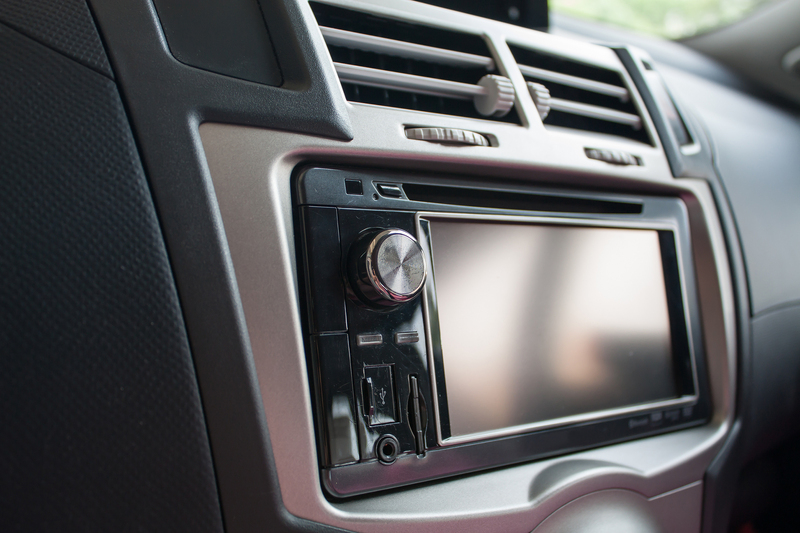Moving or shipping fragile items can be a stressful and delicate process. Ensuring that these items are packed securely not only protects your belongings but also provides peace of mind during transit. In this article, we provide comprehensive packing tips to help you safeguard your fragile items.
Choose the Right Box
One of the most crucial steps in packing fragile items is choosing the right box. Opt for sturdy, double-walled boxes that provide extra protection. Make sure the box size is appropriate for the item being packed, leaving enough space for padding materials.

Use Quality Packing Materials
Invest in high-quality packing materials such as bubble wrap, packing peanuts, foam sheets, and packing paper. These materials help cushion your items and absorb shocks during transit. Avoid using old or second-hand materials, as they may not offer adequate protection.
Wrap Each Item Individually
Each fragile item should be wrapped individually in bubble wrap or packing paper. Secure the wrap with packing tape to ensure it stays in place. For extra protection, add a layer of foam sheets or packing peanuts around the wrapped item before placing it in the box.
Fill Empty Spaces
Empty spaces in the box can cause items to shift and collide, leading to damage. Fill any gaps with packing peanuts, crumpled paper, or foam inserts to create a snug fit. This helps prevent movement during transit and adds an additional layer of protection.
Label Boxes as "Fragile"
Clearly label boxes containing fragile items with the word "Fragile" and add arrows pointing up to indicate the correct orientation. This ensures that handlers are aware of the contents and take extra precautions while moving them.
Seal and Reinforce the Box
Seal the box securely with quality packing tape along all seams. Reinforce the edges and corners with extra tape for added strength. This helps keep the box intact and prevents it from opening unexpectedly during transit.
Consider Double Boxing
For extremely fragile or valuable items, consider double boxing. Place the item in a smaller, well-padded box, and then place that box inside a larger box filled with packing materials. Double boxing adds an extra layer of protection, reducing the risk of damage.
Keep Weight in Mind
Heavy boxes are more prone to drops and damage. Try to keep the weight of each box manageable and avoid overpacking. Distribute the weight evenly within the box to help maintain its structural integrity.
Pros and Cons of Secure Packing
Packing fragile items securely has its benefits and challenges:
Pros:
- Reduces the risk of damage during transit.
- Provides peace of mind knowing items are protected.
- Ensures safe delivery of valuable and delicate items.
Cons:
- Requires more time and effort to pack items correctly.
- Additional cost for high-quality packing materials.
- May result in larger and heavier packages, increasing shipping costs.
Final Tips
Here are a few additional tips to keep in mind:
- Pack items room by room to stay organized.
- Take photos of fragile items before packing for insurance purposes.
- Consider purchasing shipping insurance for valuable items.
- Seek professional packing services if you are unsure about your packing skills.

Key Takeaways
Properly packing fragile items is essential to ensure they arrive safely at their destination. Use high-quality materials, fill empty spaces, label boxes appropriately, and consider double boxing for added protection. While it may require more effort and cost, the benefits of secure packing far outweigh the risks of damaged items.
Conclusion
Packing fragile items securely is a crucial step in any move or shipment. By following the tips outlined in this article, you can minimize the risk of damage and ensure your delicate items arrive safely. Remember, investing time and resources in proper packing techniques provides peace of mind and protects your valued possessions.





